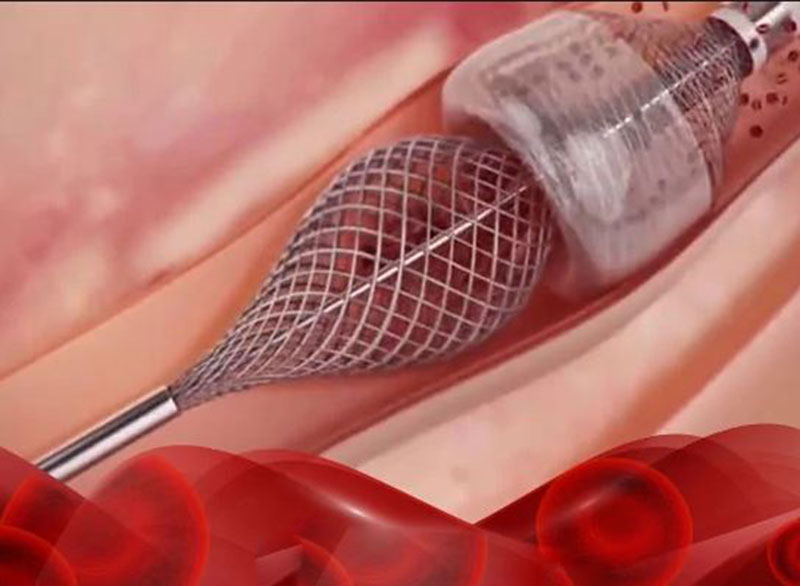Without the need for surgery or major operation from almost any tissue or organ in the body...
Interventional Radiology in Cancer Patients
Interventional procedures that support oncology treatment, biopsy from the mass, patients receiving their treatment comfortably by placing ports or other vascular routes, removal of an obstruction in the biliary tract or urinary tract, treatment with drainage when fluid accumulates in the abdomen or lung, trachea, trachea, When there is an obstruction in the esophagus or intestines (if surgical treatment is not possible), these are procedures such as removing these obstructions by placing a stent.
Diseases such as deep vein thrombosis (vein coagulation or occlusion), which are common in oncology errors, can also be treated with modern intravascular (endovascular) methods. Therapeutic interventional procedures in cancer have made significant progress especially in the last 10 years.

Interventional treatments in cancer patients
Interventional treatments in cancer patients are usually given in addition to the chemotherapy of medical oncology. It is sometimes used in areas where treatments such as chemotherapy, radiotherapy or surgical treatment are not possible or effective. There are two types of interventional radiology cancer treatments:
The process of destroying the mass by directly entering the cancer tissue with imaging (non-surgical) needles, this process is called ablation therapy. Ablation can be done with the radiofrequency method (RF ablation) or the microwave method (microwave ablation). This procedure is as effective as surgery, which is the best method in the treatment of tumors smaller than 3 cm in the liver. In rare cases, treatment is also possible by freezing the tumor tissue (cryoablation) by exposing it to irreversible electroporation (IRE) or ultrasonic waves.
Angiography treatments: With angiography, spheroids impregnated with chemotherapy drug are given through the artery feeding the tumor by entering the tumor tissue (TAKE, transarterial chemoembolization). With the same method, spheroids that emit radiation, not drugs, can also be applied. This process is called internal radiation or radioembolization (TARE, transarterial radioembolization). Both methods are more effective than chemotherapy. However, it requires angiography. There is always a chance to re-treat.
These treatments are most commonly applied to liver tumors. Ablation procedures can be applied for kidney and lung tumors as well as liver tumors. Recently, these treatment procedures have started to be used for many tumor types in the world. Both ablation and angiography treatments can be performed before or after chemotherapy. It does not limit chemotherapy. There is always a chance for retreatment.
Patients do not need to stay in the hospital with ablation methods. They can go home the same day. In angio treatments (TAKE or TARE), a hospital stay of at least 6 hours and sometimes a day may be required.


